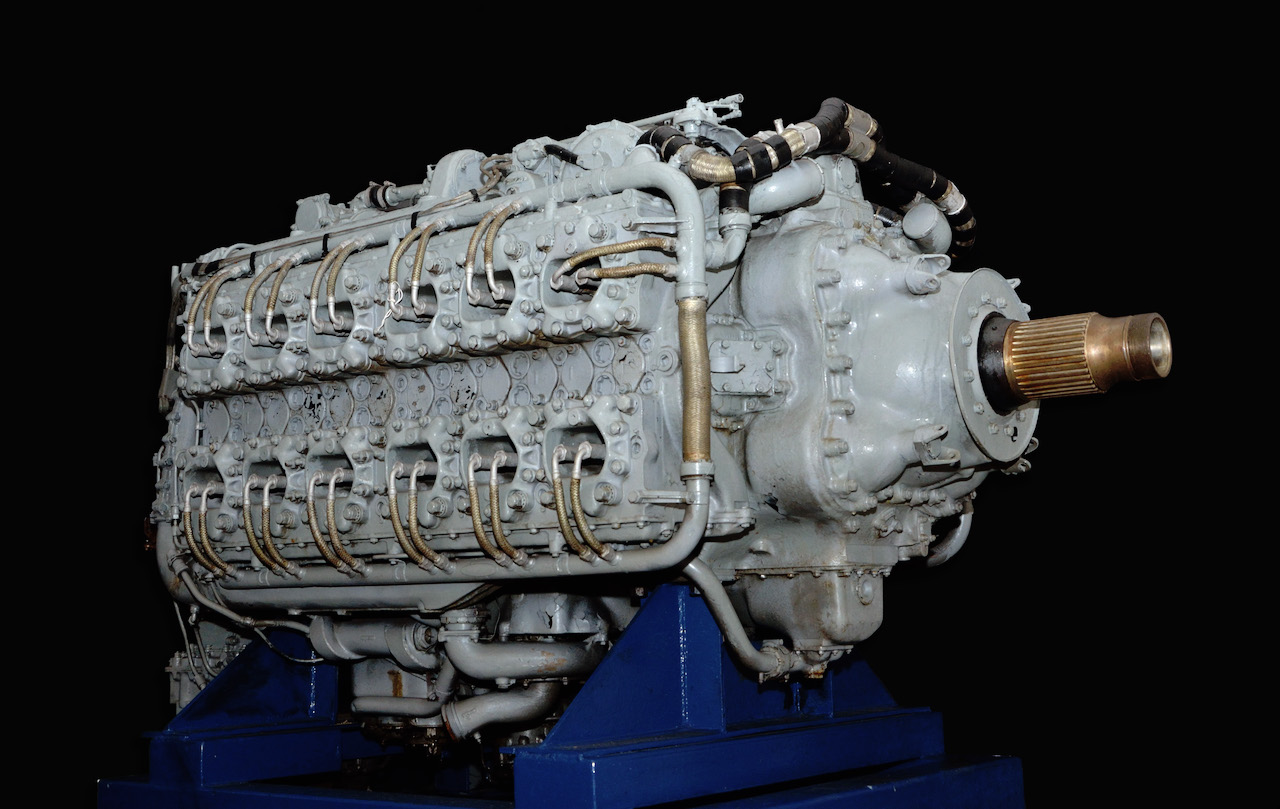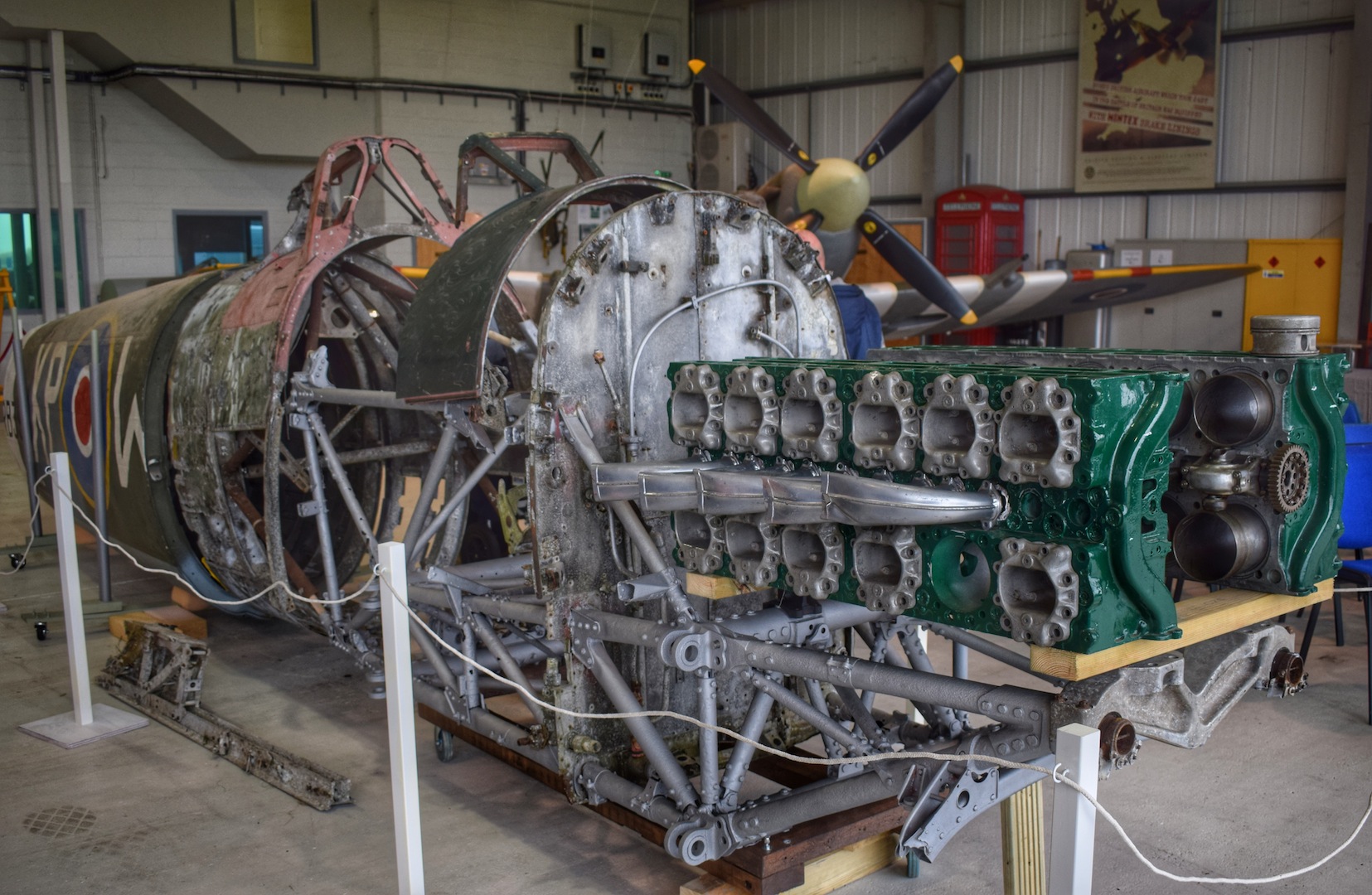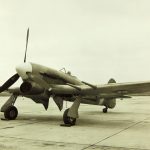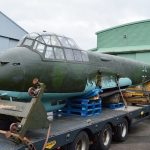
On October, 29 2016 the Hawker Typhoon Preservation Group publicly launched the exciting project to restore the Hawker Typhoon Mk.1b RB396 ( Click HERE to read our article). The goal is to have the aircraft to airworthy condition in time for the D-Day 80th anniversary in 2024. Now working in conjunction with Cranfield University, the Hawker Typhoon Preservation Group (HTPG) are delighted to announce the securing of a Napier Sabre IIa aero engine, serial number 2484, for use in the restoration of Hawker Typhoon MKIb RB396 to flight.
The Napier Sabre is synonymous with the Hawker Typhoon and very early on the trustees concluded that no other engine could be used for RB396. Due to the extreme rarity, the HTPG spent nearly 10 years of research and discussion to find and purchase an example. It is believed this particular engine was only used as a teaching aid, therefore making it a perfect example for restoration.
The Napier Sabre is a horizontally opposed, 24 cylinder, sleeve valve engine. Incredibly powerful, yet compact, it was the pinnacle of piston engine performance during WWII. In service the engines were rated to approximately 2,200hp from 2,238 cubic inches (37 litres) powering the Typhoon to a maximum speed in level flight of over 400mph. Its type remains almost unique in the world today where internal combustion engines are dominated by poppet valve types.
This particular engine was located in Derby and plans are underway to transport the engine to its new home at Goodwood (formally RAF Westhampnett), where it will form the basis of a fundraising campaign. A Supporter’s Club members-only unveiling of the engine is planned for mid-February. The event is fully booked, with spaces, understandably, being allocated within a few hours of the members being given advanced notice of the engine acquisition. Following this event, the HTPG will host regular sessions where it will possible to view the engine. Spaces are likely to be limited and will be offered to members of the Supporters’ Club first. When sufficient funds allow, the engine will be subject to a strict assessment and rebuild following Napier and RAF overhaul procedures by an approved restoration facility in the U.K.
The Hawker Typhoon Preservation Group is a registered charity in England and Wales, number 1167143, and has been established to oversee the rebuild of the only genuine combat veteran Hawker Typhoon MkIb in existence. Once airworthy the aircraft will fly in remembrance of the 666 Typhoon pilots killed during the course of WWII – a living memorial, finally, to a forgotten brotherhood. The return to flight is being planned to coincide with the D-Day 80th commemorations in 2024.

























